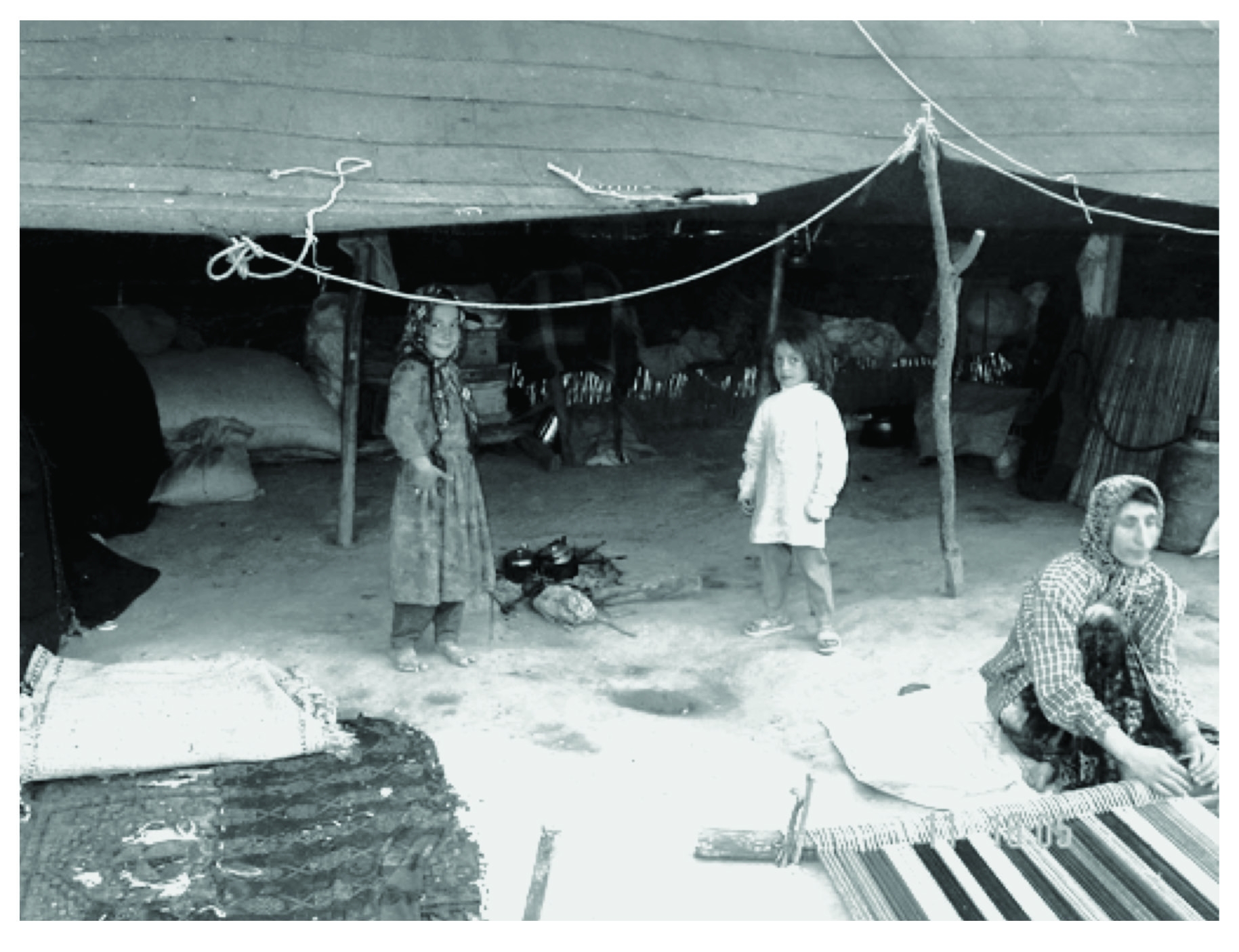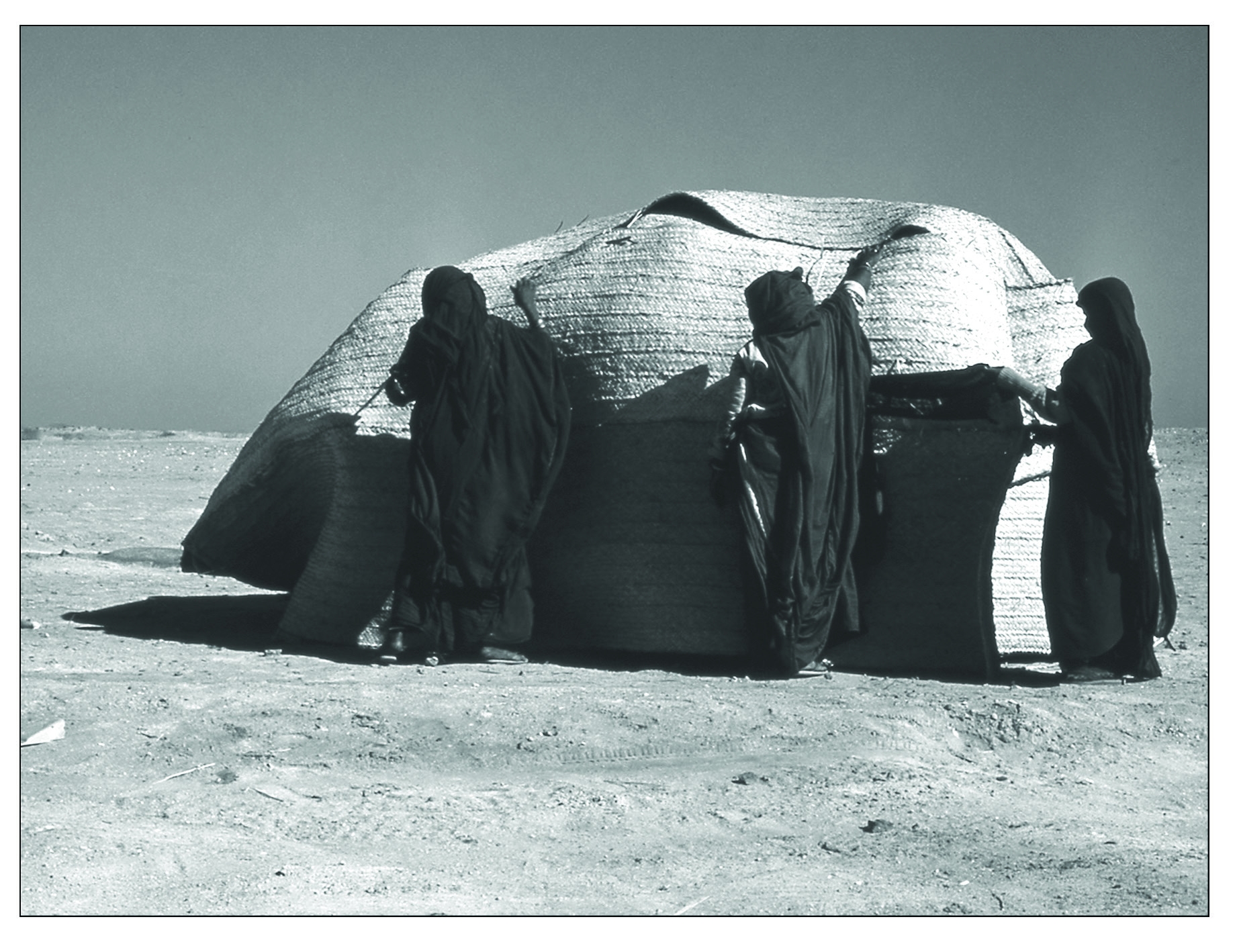The Archaeology of Mobility

Backlist
Series: Cotsen Advanced Seminar 4ISBN: 978-1-931745-50-5
Publication Date: Jul 2008
Price: Hb and eBook $55
Order this book here!
- Print: Order from our distributor
- Electronic: Kindle eBook
- Open Access: PDF
Return to catalog
Hans Barnard and Willeke Wendrich
A majority of laymen, politicians and scholars consciously or subconsciously understand settled living as the highest rung on the evolutionary ladder. Accounts of people surviving and even thriving in peripheral areas are often instrumental to construct and maintain the dichotomy between 'the desert and the sown.' It is sometimes stated that mobile peoples obtain their material culture from neighboring settled populations, rather than produce their own, and that they do not leave recognizable archaeological traces apart from 'ephemeral campsites.' From the 24 chapters in this volume, however, it is clear that there is indeed an 'archaeology of mobility.'

By applying specific and well-defined methods, it is eminently possible to come to a better understanding of mobile people in archaeological contexts. Such an archaeology of mobility encompasses much more than tracing ephemeral campsites. Much like any other group, mobile people produce, appear to use and discard a distinct material culture which includes functional objects, art and architecture. There have been edited books on the archaeology of nomadism in various regions, and there have been individual archaeological and anthropological monographs, but nothing with the kind of coverage provided in this volume. Its strength and importance lie in the fact that it brings together a world-wide collection of studies of the archaeology of mobility.
This book provides a ready-made reference to this world-wide phenomenon and is unique in that it tries to redefine pastoralism within a larger context by the term mobility. It presents many new ideas and thoughtful approaches, especially in the Central Asian region.


